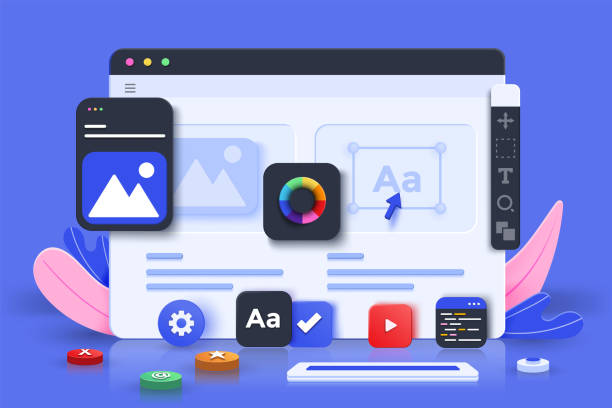Introduction:
In the realm of web development, innovation is constant. With the emergence of artificial intelligence (AI) technologies, developers are presented with new opportunities to revolutionize the process of building websites. Generative Pre-trained Transformer (GPT), developed by OpenAI, stands at the forefront of this revolution. GPT’s natural language processing capabilities have unlocked a myriad of possibilities, including assisting in website creation. In this article, we delve into the intricacies of building websites using GPT, exploring its potential, benefits, challenges, and the future it heralds for Build Website Using GPT.
Understanding GPT:
Generative Pre-trained Transformer, or GPT, is an advanced AI model renowned for its ability to generate human-like text. Trained on vast datasets of text from the internet, GPT has acquired a deep understanding of language structures, semantics, and context. This enables it to produce coherent and contextually relevant text based on the input it receives. GPT’s versatility extends beyond mere text generation, making it a valuable tool in various domains, including content creation, language translation, and now, website development.
Building Websites with GPT:
Content Generation:
- Content lies at the heart of any website, driving engagement and conveying information to users. GPT can assist in content generation by producing blog posts, product descriptions, and website copy. By providing prompts and guidelines, developers can leverage GPT to create high-quality, tailored content efficiently. This not only saves time but also ensures consistency and relevance across the website.
Design Assistance:
- A visually appealing design enhances user experience and reinforces brand identity. GPT can aid in designing website layouts, selecting color schemes, and suggesting design elements. By analyzing user preferences and industry standards, GPT provides valuable insights to developers, facilitating the creation of aesthetically pleasing and user-friendly websites.
Code Generation:
- Coding is a fundamental aspect of website development, often requiring specialized skills. GPT can simplify this process by generating code snippets for common functionalities such as forms, navigation menus, and image galleries. By understanding the desired features and structure of the website, GPT generates clean, semantic code that developers can integrate seamlessly into their projects, expediting the development process and reducing errors.
SEO Optimization:
- Search Engine Optimization (SEO) is crucial for ensuring a website’s visibility and ranking in search engine results. GPT can assist in optimizing website content for SEO by generating meta tags, title tags, and meta descriptions enriched with relevant keywords and phrases. Furthermore, GPT can provide recommendations for improving website performance and user engagement, contributing to enhanced SEO outcomes.
Personalization and Adaptation:
- Personalized content enhances user engagement and fosters a sense of connection with the website. GPT analyzes user data and behavior to generate personalized content recommendations tailored to individual preferences. By dynamically adapting content based on user interactions, GPT creates immersive and relevant user experiences, ultimately driving conversion and retention rates.
Challenges and Considerations:
While GPT offers significant potential for website development, several challenges and considerations must be addressed:
Quality Assurance:
- Despite its capabilities, GPT may produce inaccuracies or inconsistencies in generated content. Developers must conduct thorough quality assurance to ensure the accuracy and coherence of the content generated by GPT, refining it as needed to meet quality standards.
Ethical and Legal Implications:
- The use of AI in website development raises ethical and legal considerations, including concerns regarding copyright infringement, plagiarism, and data privacy. Developers must adhere to ethical guidelines and regulatory requirements when utilizing GPT, ensuring transparency and accountability in its implementation.
Integration and Compatibility:
- Integrating GPT into existing website development workflows and platforms may require technical expertise and compatibility assessments. Developers must evaluate integration options and API capabilities to ensure seamless integration with existing tools and technologies, minimizing disruptions to the development process.
Cost and Resource Allocation:
- Implementing GPT for website development incurs costs associated with licensing, infrastructure, and maintenance. Developers must assess the cost-effectiveness and return on investment of utilizing GPT, allocating resources accordingly to maximize its benefits while managing expenses effectively.
Conclusion:
Generative Pre-trained Transformer (GPT) represents a paradigm shift in web development, offering a powerful toolset for building websites with unprecedented efficiency and creativity. By leveraging GPT’s capabilities for content generation, design assistance, code generation, SEO optimization, and personalization, developers can create immersive and engaging websites that resonate with users. However, addressing challenges such as quality assurance, ethical considerations, integration complexities, and cost management is essential to harnessing the full potential of GPT in website development. As GPT continues to evolve and advance, it promises to redefine the future of web development, empowering developers to innovate and create captivating online experiences.















